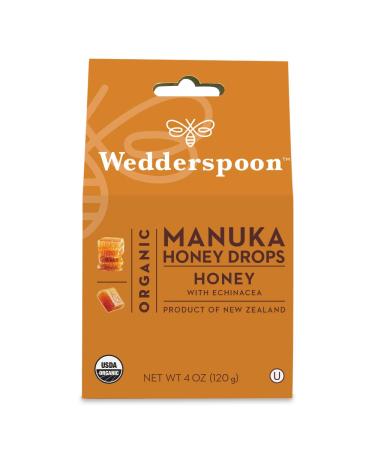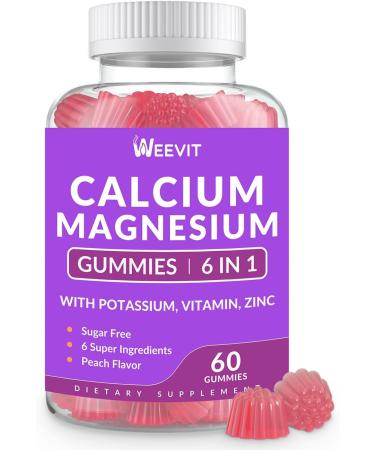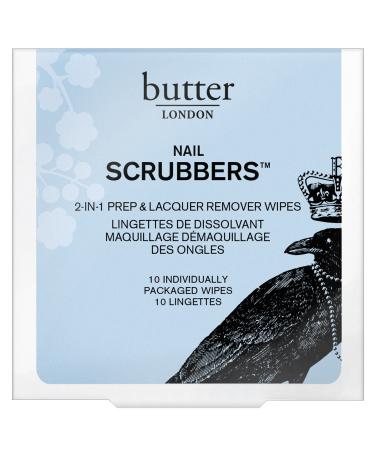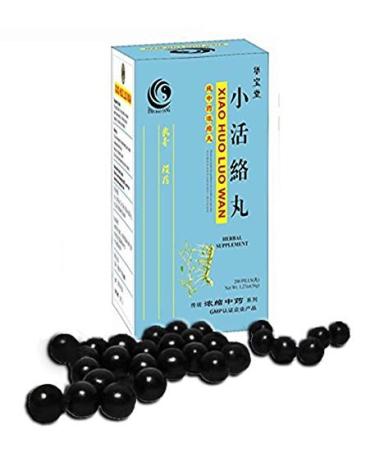Köycegiz Honey, Chaste HoneyThe white and purple chaste tree flowers that appear in nature at the end of summer in Aydin, captivate not only humans but also bees with their spicy aroma. Bees, who encounter the chaste tree flowers thanks to the hives left by our beekeepers, combine the nectar and pollen they collect with their own enzymes. This creates Köycegiz Honey, a highly nutritious, reddish-colored chaste tree.
We do not pasteurize our products.
Processed honey undergoes a process where it is heated and then cooled, while also being filtered to remove pollen. This process is normally done to prevent honey from crystallizing and to achieve a clear, homogeneous color. However, high temperatures destroy most of the vitamins, minerals, enzymes, and amino acids, causing it to lose its healthy properties.
We preserve the 100 naturalness of Köycegiz Honey by filtering it from the honeycomb, allowing it to age, and then packaging it.
Therefore, it is natural for Köycegiz Honey to crystallize.
Hayit Honey, a type of honey from Köycegiz, is of exceptionally high quality, fragrant, and relatively slow to crystallize. It is known to be beneficial for many gynecological ailments, particularly anemia. It plays a significant role in increasing breast milk production. It helps cleanse the liver. It is beneficial for high fevers and headaches, as well as contributing to the resolution of hormonal disorders in women. It helps reduce urinary tract disorders and acts as a diuretic.
Köycegiz Honey, a powerful source of vitamins and minerals, is now easier to access thanks to Köycegiz Honey!
Our Certificates of Analysis
Köycegiz Honey is sampled from honey harvested during the harvest season, thanks to the diligent work of our bees and the dedication of our beekeepers. All our honey is analyzed regularly at accredited universities (Hacettepe University, Mugla University) under the supervision of Turkey's leading honey experts.
All of our purity analyses, based on the Turkish Food Codex Honey Communiqué, are available alongside our products. If we consider these honey parameters separately:
Proline is an amino acid found predominantly in our Köycegiz Honey and Hayit Honey. Its amount is a quality criterion for Köycegiz Honey and Hayit Honey. A high or low proline value indicates whether the bees collected nectar from nature during the Köycegiz Honey and Hayit Honey production period. According to the Turkish Food Codex Honey Communiqué, the minimum proline level required for our Köycegiz Honey and Hayit Honey is 300 mg kg. Accordingly The percentage in our Köycegiz Honey is 632.29 mg kg.
Diastase is the most abundant enzyme in our Köycegiz Honey. This enzyme is secreted from the stomachs of bees during the ripening of the Köycegiz Honey and transferred to the Köycegiz Honey. The value of this enzyme indicates whether the Köycegiz Honey has been heat-treated. According to the Turkish Food Codex Honey Communiqué, the Diastase value must be at least "8." Accordingly, the value in our Köycegiz Honey is "9.36."
The moisture value indicates the amount of water in the Köycegiz Honey. The maturity and shelf life of Köycegiz Honey plays an important role in determining the honey's shelf life. When the bees collect the honey in the honeycomb cells, the moisture content is approximately 0-35 . Bees reduce this moisture content below 0 by balancing the hive temperature and beating their wings. A moisture content above 0 indicates that the honey was harvested early by beekeepers. The maximum moisture content in the Turkish Food Codex Honey Communiqué is 0 . This value is 0 for our Köycegiz Honey.
Electrical conductivity is measured to determine the mineral and acid content of Köycegiz Honey. Electrical conductivity can vary depending on the amount of organic acids, minerals, and proteins present in Köycegiz Honey and Chaste Honey. This is used to distinguish between secretion and flower honey. According to the Turkish Food Codex Honey Communiqué, the electrical conductivity of flower honey must be at most 0.8 mS cm. Our Köycegiz Honey and Chaste Honey have an electrical conductivity of 0.45 mS cm.
Free acidity and pH are the primary elements determined by the amount of organic acids, minerals, protein, and carbohydrates present in Köycegiz Honey and Chaste Honey. This process plays an important role in the fermentation of Köycegiz Honey and the determination of its secretion quality. The acids found in Köycegiz Honey and Chaste Honey not only affect the taste and flavor of Köycegiz Honey but also prevent the growth of microorganisms in Köycegiz Honey and Chaste Honey. According to the Turkish Food Codex Honey Communiqué, the free acidity value of Köycegiz Honey and Chaste Honey must not exceed 50 meq kg. The free acidity value in our Köycegiz Honey and Chaste Honey is 35.86 meq kg.
Hydroxymethylfurfural (HMF), the HMF content in Köycegiz Honey and Chaste Honey, increases under the influence of parameters such as heat treatment of Köycegiz Honey and prolonged storage in adverse conditions. HMF Köycegiz Honey is formed by the condensation of the carbonyl groups of reducing sugars in Hayit Honey with the amine groups of amino acids and proteins. The HMF value is an indicator of the freshness of Köycegiz Honey. According to the Turkish Food Codex Honey Communiqué, the HMF content in Köycegiz Honey must not exceed 40 mg kg. The HMF content in Köycegiz Honey is 13.79.
C4 and Delta C13 values in Köycegiz Honey C13 analysis in Köycegiz Honey is the most common method used to identify cane sugar, corn-based sugar, and glucose-based sugar. By examining the different photosynthetic cycles of plants, it provides information about whether Köycegiz Honey and Hayit Honey have been adulterated based on the isotope ratios of honey proteins and the honey itself. According to the Turkish Food Codex Honey Communiqué, the C4 sugar content in Köycegiz Honey and Hayit Honey, resulting from the process between the C13 honey and protein fractions, must be at most 7 . The C4 sugar content in Köycegiz Honey and Hayit Honey is 0 .
Sugar profile analysis in Köycegiz Honey and Hayit Honey: Because Köycegiz Honey and Hayit Honey is a carbohydrate-rich food, its dry matter content is approximately 99 , 95 of which consists of fructose and glucose. These two monosaccharides, which give Köycegiz Honey and Hayit Honey their flavor, are formed by the inversion of sucrose found in the nectar of plants or in the secretions of insects living on plants, by the invertase enzyme. According to the Turkish Food Codex Honey Communiqué, the sugar profile and ratio for flower honeys are at least 60g per 100g, and the fructose glucose ratio is between 0.9 and 1.4. In Köycegiz Honey and Hayit Honey, the Fructose Glucose ratio is 66.16 and 1.23.
There should be no sucrose in honey. Bees invert the nectar they collect, breaking it down into fructose and glucose until no sucrose remains. The presence of sucrose in honey is an indication of adulteration. There is no sucrose in our Köycegiz Honey and Hayit Honey.
Pollen Analysis The honey-bearing plant species that are the source of Köycegiz Honey and Chaste Honey are abundant in our country. Turkey boasts a diverse range of approximately 450,000 different plants, varying depending on the region. The Köycegiz region is also an important location for Pine Honey. Furthermore, because our local beekeepers are nomadic, they leave their hives all over Turkey in spring. The bees then enjoy this richness of plants and produce honey. Pollen analyses performed on these extracted honeys provide useful information in determining their geographic and floral origins. Pollen analysis determines the nectar-bearing plants in that region, the naming of Köycegiz Honey and Chaste Honey, and the quality and yield of Köycegiz Honey and Chaste Honey.
Phenolic and Antioxidant Analysis in Köycegiz Honey and Chaste Honey: Antioxidants are compounds that prevent cell damage by inhibiting the formation of free radicals in the body. These reactions can be toxic in foods and cause health problems. In short, antioxidant activity can reduce oxidative reactions in the body. Köycegiz Honey and Chaste Honey are known to be rich in enzymatic and non-enzymatic antioxidants. The flavonoids and phenolic acids found in Köycegiz Honey are also rich in antioxidant compounds such as tocopherols, alkaloids, and ascorbic acid. The color of Köycegiz Honey and Chaste Honey generally depends on the carotenoids and flavonoids it contains. Dark-colored honey has a high antioxidant content. In short, honey is rich in antioxidants, and its color can vary depending on the region and season. The phenolic compound content of our Köycegiz Honey, Hayit Honey, is 433.243 mgGAE kg.













